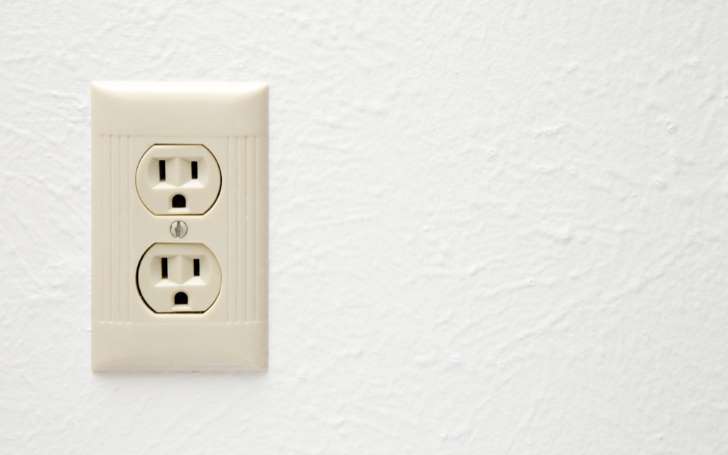From when you get out your blow-dryer in the morning to when you go to charge your phone at night, odds are you’re plugging something into an outlet ten or fifteen times a day. However, you probably don’t pay much mind to the purpose of the three holes you’re plugging that device into.
If you look at an outlet, you’ll notice three distinct components: two vertical slits and a round hole slightly below their midpoint. So, what’s the purpose of these three distinct parts of a plug? For electricity to power a device, an electrical circuit must be completed.
The vertical slit on the right side of an outlet is known as the “hot” side, which is essentially the intake side for the electricity that will turn your device on. The electricity then flows back out the cord’s left prong, and into the left, or “neutral,” side of the outlet, completing the circuit.
You might be asking yourself why there’s a third section on the outlet if the circuit is completed with just the hot and neutral sides alone. This is where the ground prong comes in. The ground prong—the part of your plug that goes into the round hole at the bottom of the outlet—is primarily there for your safety. The ground prong delivers excess electricity that might have escaped the circuit, like in the case of a loose or uninsulated wire, to the ground.
If, for instance, a wire came loose in your metal-encased toaster and touched the toaster’s metal exterior, the device would become electrified. If you were to then touch the toaster’s exterior, the electricity could then flow into you, shocking or potentially killing you. However, the ground wire ensures that any errant electrical charges are being sent to ground, a non-conductive destination where they won’t cause harm.
So, why is it that some electronic devices still only use two prongs? Devices with only two prongs tend to fall into three categories: they’re old, they don’t use enough electricity to cause lethal harm, or they have sufficient insulation and a non-conductive exterior (i.e. a plastic outer shell instead of a metal one) so that you’re unlikely to be electrocuted even if there’s a malfunction. Fortunately, appliances with ground plugs aren’t the only way to protect yourself: the 15 Best Ways to Protect Your Home will keep your whole family safer.












